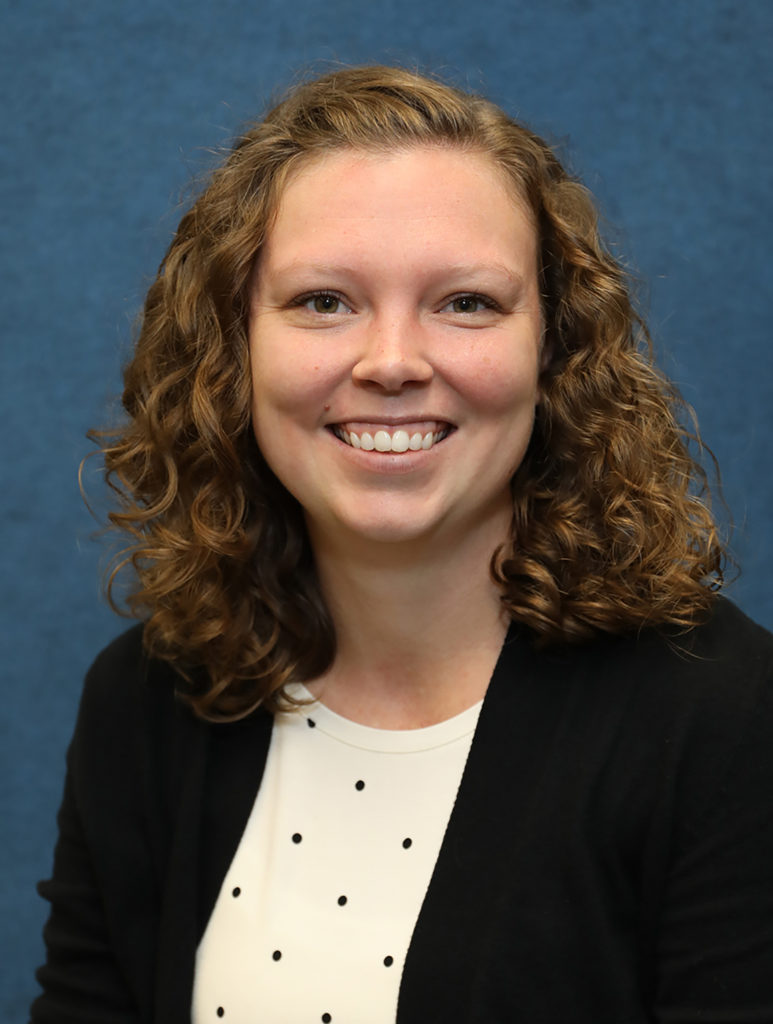New Texas A&M soil scientist digs in
Wyatt to concentrate on soil hydrology, health, sustainability
Determining the impacts of land and water management on crop productivity and soil will keep Briana Wyatt, Ph.D., busy as the newest Texas A&M AgriLife Research soil scientist in the Texas A&M Department of Soil and Crop Sciences.
“In my field of study, soil physics and hydrology, there is really a wide range of hot button issues,” Wyatt said. “Current prominent areas of research range from predicting the future effects of climate change on water availability to developing high resolution, global-scale estimates of soil water availability to using a variety of remote-sensing data to inform land and water management decisions in near-real time.”
Concentrating on soil hydrology
While Wyatt said her research will touch on all these issues, she will concentrate on developing useful applications of meteorological, soil moisture and soil physical property data, and studying the influence of soil moisture on various components of the hydrological cycle and soil health.
“My research generally involves a combination of fieldwork, lab work and computational work,” she said. “In the field, that primarily involves installing and maintaining sensors and taking soil samples that are then analyzed in the lab. I also do quite a bit of computational work in analyzing large datasets, such as long-term monitoring data or remote-sensing data.”
These data may then be used to quantify the magnitude of components of the soil water balance and surface energy balance, including evapotranspiration, soil water storage, deep drainage and runoff, and to determine how these components vary in time and space.
Building a research background
Wyatt earned her bachelor’s degree in environmental science and her master’s and doctorate degrees in soil science, with an emphasis in applied soil physics and hydrology, all from Oklahoma State University. She also completed her post-doctoral work in the Department of Plant and Soil Sciences at Oklahoma State University.
While at Oklahoma State, she worked to update the soil physical property database for the Oklahoma Mesonet, automated environmental monitoring stations located in each county; conducted research related to forecasting seasonal streamflows, estimating potential groundwater recharge, and estimating soil moisture under diverse vegetation types; and also published several Extension publications related to her research work.
Now that she has arrived in Bryan-College Station, Wyatt is looking forward to working with colleagues at Texas A&M and in other organizations throughout the state in order to learn more about the influence of the soil on hydrological processes and to aid in developing improved methods of managing the state’s soil and water resources.
“The overarching goal of my research program is to provide useful information and tools that will allow fellow researchers, land and water managers, and the public to better steward the increasingly threatened soil and water resources of our planet,” Wyatt said.
As she settles in over the next few months, in addition to building her research group, recruiting graduate students and developing collaborations, Wyatt said she will be preparing to co-teach a Water in Soils and Plants course this first year.



